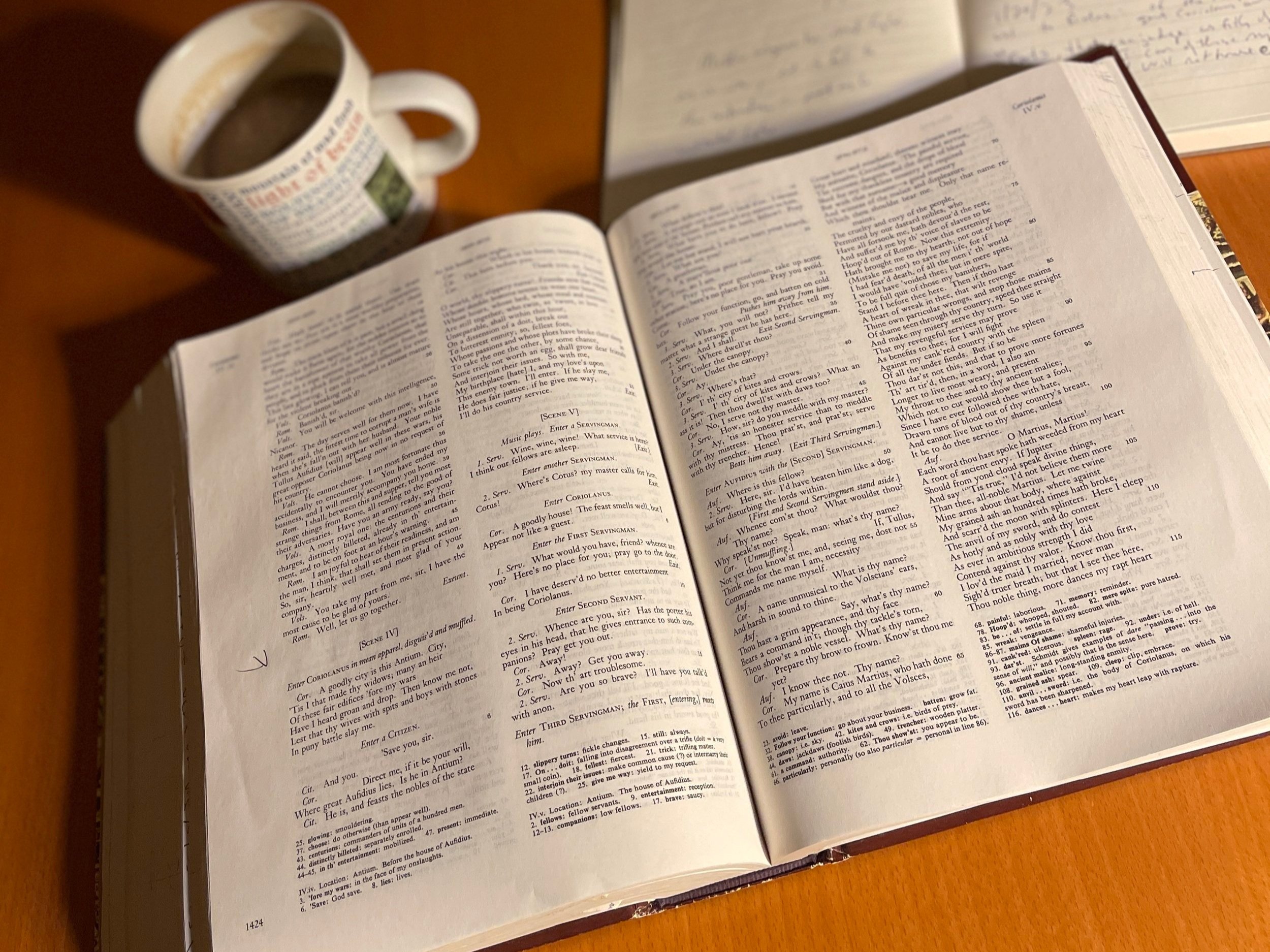
The purpose of this blog had been to serve as a kind of record of engagement primarily with selected works of Shakespeare and to invite others along for comment or conversation. Below is the result of that engagement, to be renewed at a future date. Please scoll down for published posts.
Chatbot Shakespeare
Can you identify the play from which the following soliloquy fragment was drawn?
“…Oh, what a tangled web …
